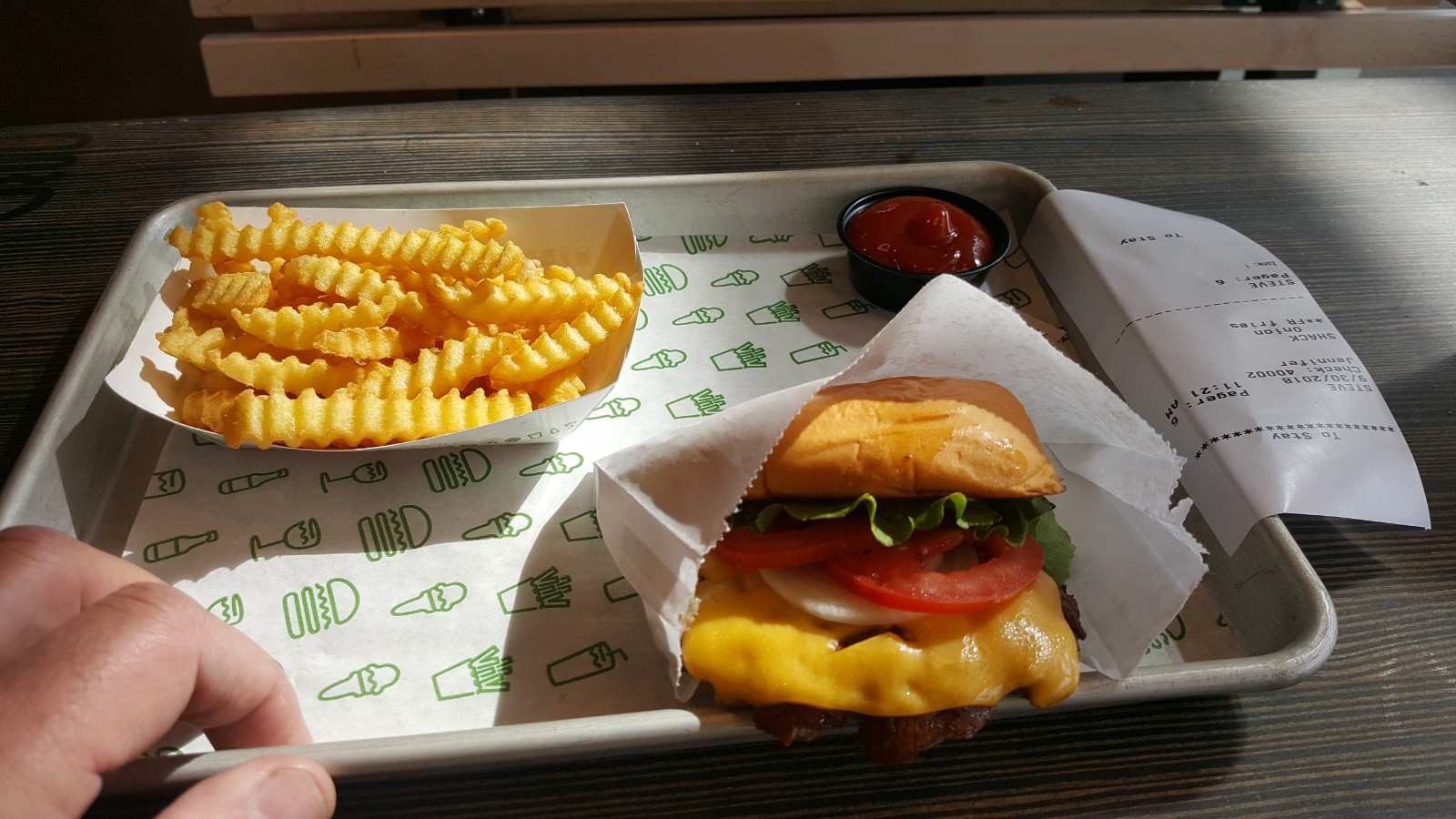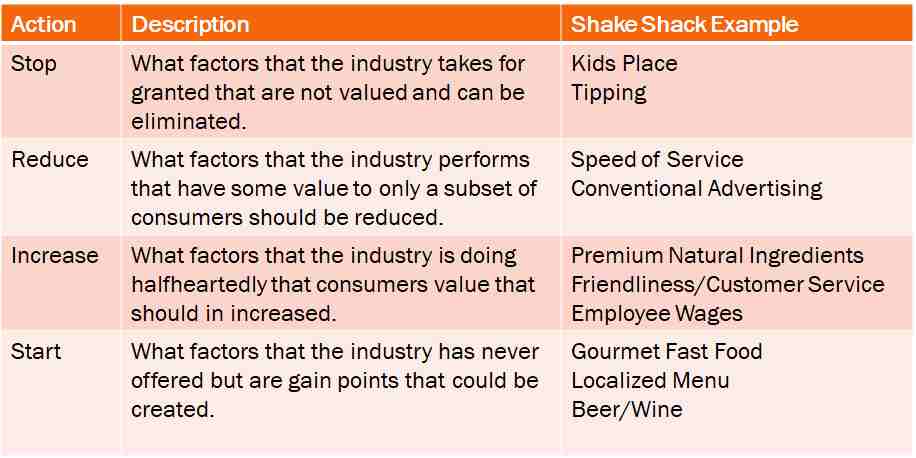Every day business owners face the challenge of finding ways to differentiate their products and services while remaining relevant in an increasingly competitive market. Moreover, as markets evolve, they split into multiple segments, often making it difficult to determine which factors are important to customers, and which are no longer important.
According to W. Chan Kim and Renée Mauborgne in their book Blue Ocean Shift, there are four dimensions every business owner, whether starting a new business or looking to re-align an existing business, should consider to unlock their new blue ocean.
Eliminate – What are the factors that the industry takes for granted, and are not valued by a segment of its customers that can be eliminated?
Reduce – What are the factors that the industry currently performs that have some value to only a subset of consumers that can be reduced?
Increase – What are the factors that the industry is doing halfheartedly that some consumers truly value that can be increased?
Create – What are the factors that the industry has never offered but are gain points that could be created?

On a recent trip to visit my mom who lives in a Denver suburb, I noticed a new Shake Shack restaurant being built. As of this article being written. Shake Shack is a rapidly expanding restaurant chain that discovered an uncontested niche. Its apparent success can be deconstructed using the four dimensions.
In the food-service industry, there are essentially two types of restaurants- full-service restaurants and limited-service fast food restaurants.
The full-service restaurant category contains such notables as The Olive Garden or The Cheesecake Factory but is often the domain of the mom-and-pop/family-owned restaurant as well. Full-service restaurants include assigned seating and a staff that takes your order and serves your food. Dining generally requires about an hour, and it is customary to reward good service with a tip.
The fast-food restaurant category is nearly entirely dominated by large chain restaurants like McDonalds and KFC. Fast-food restaurants include order counters where you place your order and often include drive-up windows for takeout orders. To achieve rapid processing of your order, food is prepared on spec ahead of time and placed under warming lights until your order is processed. As a result, quality is sacrificed and customers can sometimes receive cold food and are forced to remove any unwanted items from your meal order.
Let’s apply the four dimensions to the Shake Shack business model.
Eliminate
Shake Shack looked at the fast food business model and did away with the kid-friendly decor and kid perks such as happy meal toys common in fast-food restaurants. It looked at the full-service restaurant and did away with assigned seating and wait staff but still wanted to allow customers to customize their orders.
Reduce
Shake Shack looked at the fast food business model and reduced the priority on speed of service to leverage full-service made to order meals. It opted to reduce chain restaurants’ dependence on conventional advertising to drive brand awareness as a way to keep cost down. Instead, it relied on creating an environment of user-generated content shared via social media channels.
Increase
Shake Shack looked at the fast food business model and increased its use of premium ingredients. Moreover, while fast-food workers are notoriously underpaid and grumpy, Shake Shack’s hiring practice prioritizes friendly and high energy employees and pays its employees above industry standards and provides them bonuses based on store performance. It looked at the full-service mom and pop/family-owned restaurant business model and increased the opportunities for employee training to create growth opportunities within the chain.
Create
Shake Shack looked at both the fast-food and full-service business model of a standard design for every restaurant. and decided instead to design each new restaurant to blend in and fit in contextually with the neighborhood. Rather than focus on how fast they can cycle a customer through the dining experience to fill the seat several times during a meal service, Shake Shack encourages their customer to stay and enjoy the restaurant creating a community hangout. Furthermore, Shake Shack decided to sell beer and wine with meals which is not the norm for fast food restaurants and also offered select items even for dogs.

In the end Shake Shack sought success by looking at full-service and fast-food restaurants and taking the best features of each to create a new restaurant experience that is fun, affordable and high quality creating a new niche of Gourmet Fast Food.
How can you apply the four dimensions Eliminate, Reduce, Increase, and Create to carve out and transform your business model?












